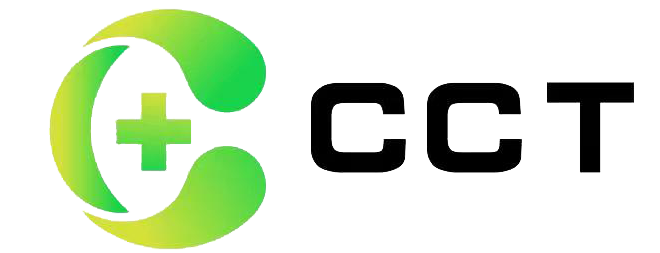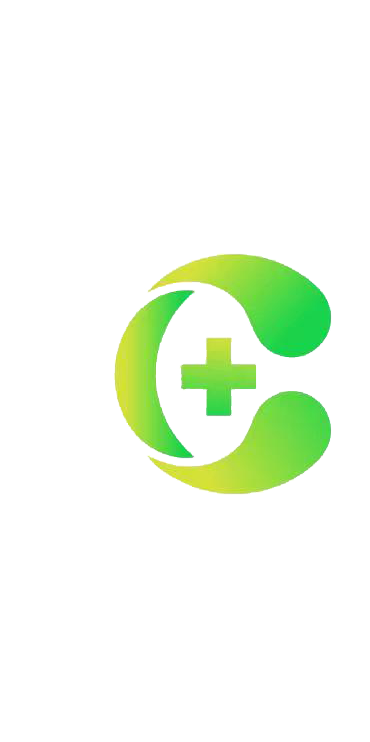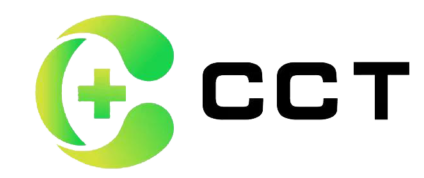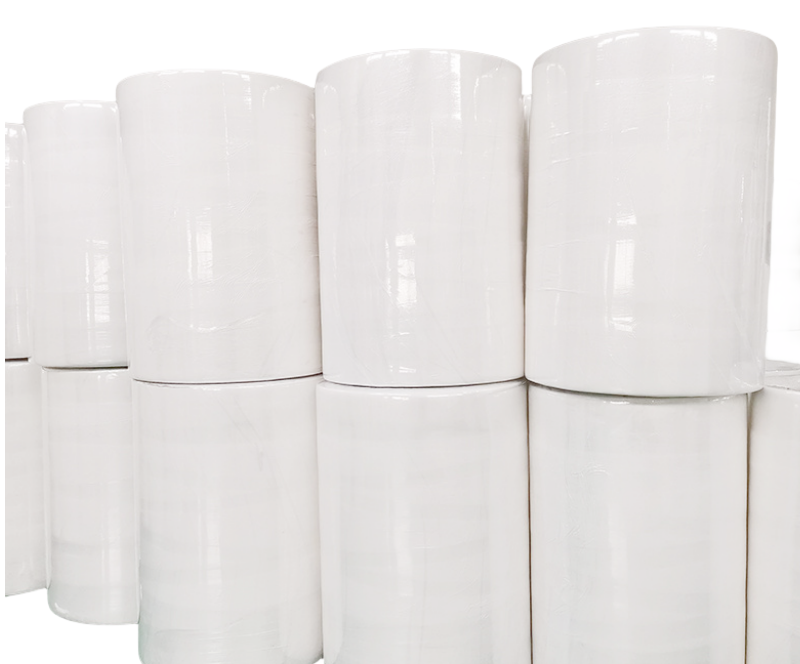Defining Nonwoven Fabric: Beyond Traditional Textiles
Nonwoven fabric (Non Woven Fabric) is engineered by bonding fibers directionally or randomly through physical/chemical methods – not by weaving yarns. When you examine interlining in clothing, you’ll find no thread ends to pull!
Core Characteristics
✓ No warp/weft threads – Easy cutting & sewing
✓ Rapid production – 3x faster than woven textiles
✓ Cost-effective – 40-60% lower material costs
✓ Limitations: Lower durability, non-washable, prone to splitting
Industry Insight: Modern R&D focuses on anti-splitting tech for critical applications.
The 7 Classifications of Nonwoven Fabric
(Based on Production Processes)
1. Hydroentangled (Spunlace) Nonwoven
Process: High-pressure water jets entangle fiber webs.
Key Traits:
- Zero chemical additives (skin-friendly)
- Superior softness & drapability
- High absorbency (500-800% liquid retention)
- Medical-grade sterility
Applications:
◼ Medical: Surgical gowns, wound dressings
◼ Hygiene: Spunlace non woven wipes, facial masks
◼ Industrial: Precision cleaning cloths
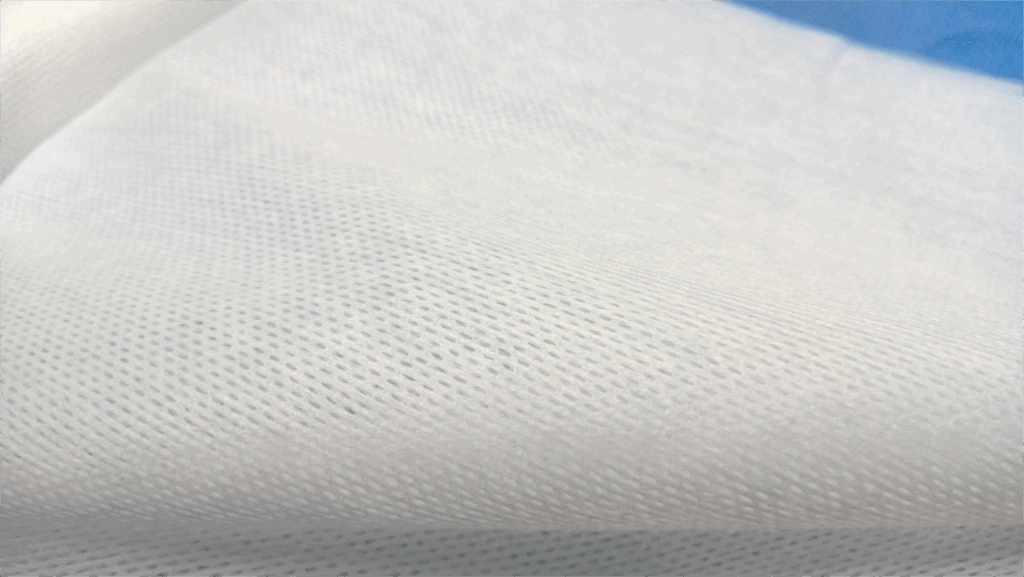
Pro Tip: Partner with an ISO-certified spunlace fabric manufacturer for FDA-compliant medical textiles.
2. Thermally Bonded Nonwoven
Process: Heat-activated adhesives fuse fiber webs.
Key Traits:
- Smooth (area bonding) or bulky (point bonding) surface
- High production speed (250+ m/min)
Applications: Diaper liners, medical tapes, mask layers
3. Airlaid Pulp Nonwoven
Process: Wood pulp fibers air-deposited onto mesh.
Key Traits:
- Ultra-fluffy texture
- Exceptional liquid absorption
- Dust-free structure
Applications: High-end hygiene products (pads, wipes)
4. Wet-Laid Nonwoven
Process: Fiber slurry formed in water medium (paper-making technique).
Key Traits:
- Uniform fiber distribution
- High-speed production (400m/min)
- Water-intensive process
Applications: Tea bags, industrial filters, wallpaper
5. Spunbond Nonwoven
Process: Extruded polymer filaments self-bond into webs.
Key Traits:
- Excellent tensile strength
- UV/chemical resistance
- Customizable filament thickness
Applications: Geotextiles, crop covers, furniture backing
6. Meltblown Nonwoven
Process: Superheated polymers blown into microfibers (<5μm).
Key Traits:
- Ultra-fine fiber matrix
- Superior filtration efficiency
- Low web strength
Applications: N95 masks, battery separators, oil sorbents
7. Needle-Punched Nonwoven
Process: Barbed needles mechanically interlock fibers.
Key Traits:
- 3D structural integrity
- Enhanced porosity
- Customizable density
Applications: Automotive insulation, carpet underlay, synthetic leather

Critical Selection Guidelines
| Type | Best For | Avoid When |
|---|---|---|
| Spunlace | Medical/skin-contact products | Low-budget projects |
| Meltblown | Filtration systems | High-strength needs |
| Spunbond | Outdoor/industrial uses | Softness-critical apps |
✳️ Expert Note: For premium spunlace non woven solutions, audit your spunlace fabric manufacturer‘s:
- Hydroentanglement pressure (≥500 bar)
- Fiber purity controls
- Medical-grade certification
Global Market Trends (2023)
- Spunlace dominance: 38% medical textiles market share
- Sustainability shift: Biodegradable PLA fiber demand ↑ 200%
- Tech innovation: AI-driven defect detection in needle-punch lines
